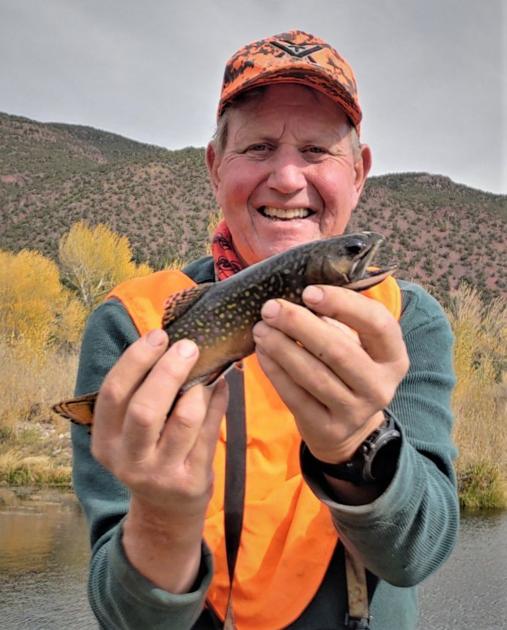A reader asks, “I see beaver ponds while traveling through the mountains. Are they worth fishing? Someone told me once they weren’t worth the time.”
The short answer is a strong “maybe.” Allow me to explain.
Beavers have been known for good and evil ever since the days of the pioneers. Building dams and blocking off streams used for irrigation placed beavers on many a farmer’s short list for providing material to make fur coats.
Here in Utah, depending on which streams are chosen by the beavers, the building of beaver dams and therefore “ponds” behind the dams, can hold some very fine trout. In fact, many beaver ponds hold larger trout than in the streams on which they were built. The reason is that ponds can provide more food than streams.
The keys to successful beaver pond fishing (at least for me) are twofold: First, the pond must have enough depth to hold fish year-round. And second, there needs to be some water movement through the pond. In other words, there needs to be a leak or two in the dams, which will provide limited current.
Some of the best beaver ponds are built in series, some smaller and others larger, along stretches of streams that move through aspens, cottonwoods, and willows.
If all of these features come together, the only other thing to consider is a quick look online at wildlife.utah.gov to see what fish are stocked or are native to the streams on which the beaver ponds are built.
Once you know that there are brook trout, brown trout or cutthroat trout in the beaver ponds, the next step is to learn to catch them.
I have an incredibly easy way to approach fishing beaver ponds.
If you fly fish, use dry flies and light, long leaders so that the fly can be thrown and landed “lightly” on the water without making a lot of commotion on the surface. Fish in beaver ponds can spook in a heartbeat. From ants and mayflies to mosquitoes, renegades, and hoppers, keep your fly choices simple.
If you cast spinners, use the smallest ones you can purchase, Blue Fox, Panther Martin, Mepps, and others in colors such as rainbow, brown trout, yellow and black, and silver. When fishing spinners, make long casts, keep the lure moving above the grass and moss, and look for deeper channels.
Last Saturday, while deer hunting with family, we found an area we had not previously hunted and noticed a series of beaver ponds built on a beautiful stream that meandered through a cottonwood, willow, and aspen forest. After exploring (hunting) for a couple of hours we took a break, grabbed our rods and reels and began to fish one of the many beaver ponds built on the stream.
After approaching a larger pond, I noticed a huge nest (redd) that held six 10-inch brilliantly colored brook trout. Within a few short casts with a rainbow-colored Panther Martin spinner I caught my first beautiful, fat brookie.
That particular pond was not very deep and was filled with grass. However, a beaver lodge had been built on the edge of the pond and as I stood atop the lodge was able to see the entire pond including the deepest channels through the pond.
In order for beavers to get into their lodges (which they enter from the water), they create several deep channels which give them all-season access to their home while giving anglers the opportunity to run their spinners or toss their flies along the channels where the trout can easily see, chase, and attack the presentations.
In short order, those of us who fished caught several fine brookies.
When you happen across beaver dams and ponds, look for fresh beaver sign (fresh trees cut), be stealthy in your approach, look for fish, make a great presentation and you will catch some fine fish. Good Luck!
Credit: Source link































